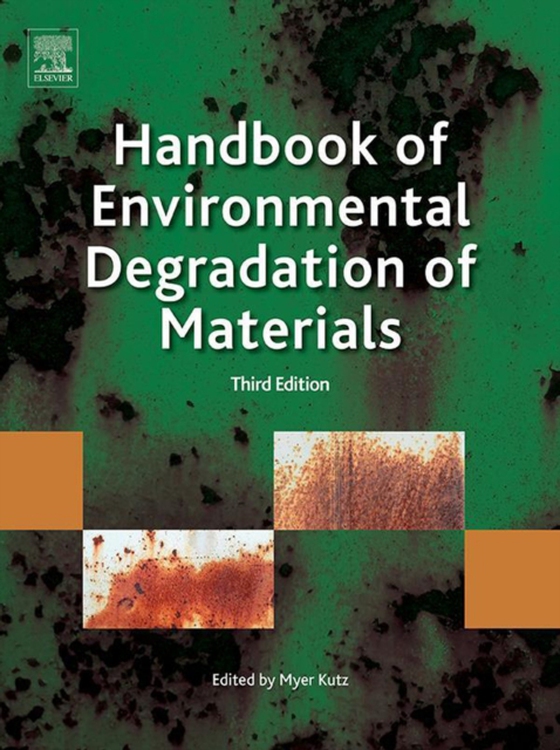
Handbook of Environmental Degradation of Materials e-bog
2190,77 DKK
(inkl. moms 2738,46 DKK)
The Handbook of Environmental Degradation of Materials, Third Edition, explains how to measure, analyze and control environmental degradation for a wide range of industrial materials, including metals, polymers, ceramics, concrete, wood and textiles exposed to environmental factors, such as weather, seawater, and fire. This updated edition divides the material into four new sections, Analysis a...
E-bog
2190,77 DKK
Forlag
William Andrew
Udgivet
15 juni 2018
Længde
684 sider
Genrer
Materials science
Sprog
English
Format
pdf
Beskyttelse
LCP
ISBN
9780323524735
The Handbook of Environmental Degradation of Materials, Third Edition, explains how to measure, analyze and control environmental degradation for a wide range of industrial materials, including metals, polymers, ceramics, concrete, wood and textiles exposed to environmental factors, such as weather, seawater, and fire. This updated edition divides the material into four new sections, Analysis and Testing, Types of Degradation, Protective Measures and Surface Engineering, then concluding with Case Studies. New chapters include topics on Hydrogen Permeation and Hydrogen Induced Cracking, Weathering of Plastics, the Environmental Degradation of Ceramics and Advanced Materials, Antimicrobial Layers, Coatings, and the Corrosion of Pipes in Drinking Water Systems. Expert contributors to this book provide a wealth of insider knowledge and engineering expertise that complements their explanations and advice. Case Studies from areas such as pipelines, tankers, packaging and chemical processing equipment ensure that the reader understands the practical measures that can be put in place to save money, lives and the environment. Introduces the reader to the effects of environmental degradation on a wide range of materials, including metals, plastics, concrete, wood and textiles Describes the kind of degradation that effects each material and how best to protect it Includes case studies that show how organizations, from small consulting firms, to corporate giants design and manufacture products that are more resistant to environmental effects
 Dansk
Dansk

